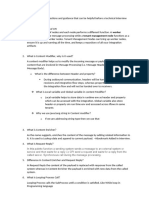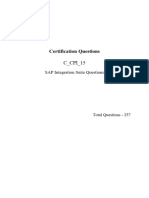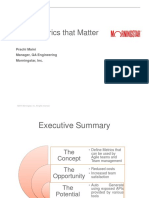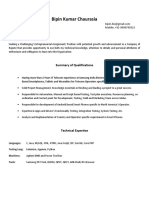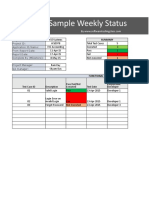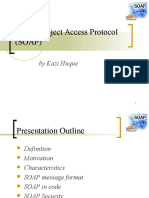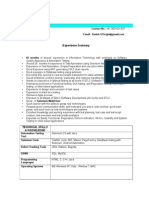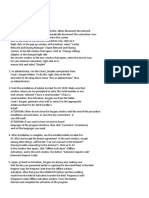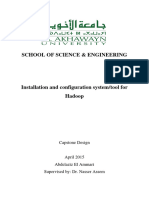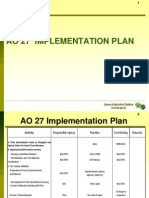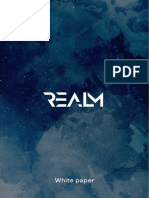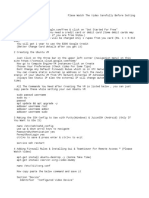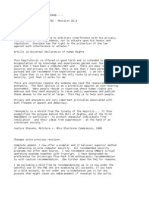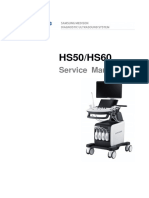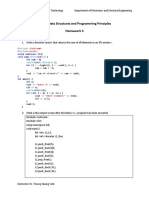0% found this document useful (0 votes)
131 views6 pagesSAP CPI-Interview Questions and Answers
The document provides a comprehensive set of interview questions and answers related to SAP Cloud Platform Integration (CPI) for candidates with over six years of experience. Key topics include architectural components, error handling, security best practices, and performance optimization strategies. It also covers integration with non-SAP applications and real-time scenario-based questions for practical understanding.
Uploaded by
saikrishnatadiboyinaCopyright
© © All Rights Reserved
We take content rights seriously. If you suspect this is your content, claim it here.
Available Formats
Download as PDF, TXT or read online on Scribd
0% found this document useful (0 votes)
131 views6 pagesSAP CPI-Interview Questions and Answers
The document provides a comprehensive set of interview questions and answers related to SAP Cloud Platform Integration (CPI) for candidates with over six years of experience. Key topics include architectural components, error handling, security best practices, and performance optimization strategies. It also covers integration with non-SAP applications and real-time scenario-based questions for practical understanding.
Uploaded by
saikrishnatadiboyinaCopyright
© © All Rights Reserved
We take content rights seriously. If you suspect this is your content, claim it here.
Available Formats
Download as PDF, TXT or read online on Scribd
/ 6















